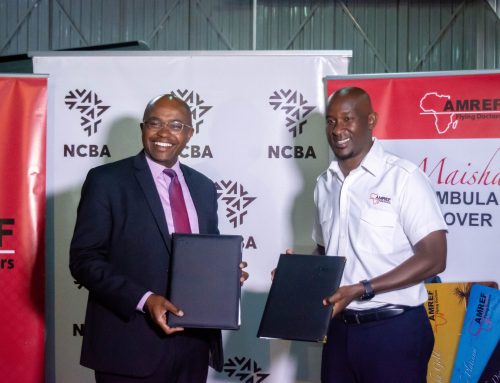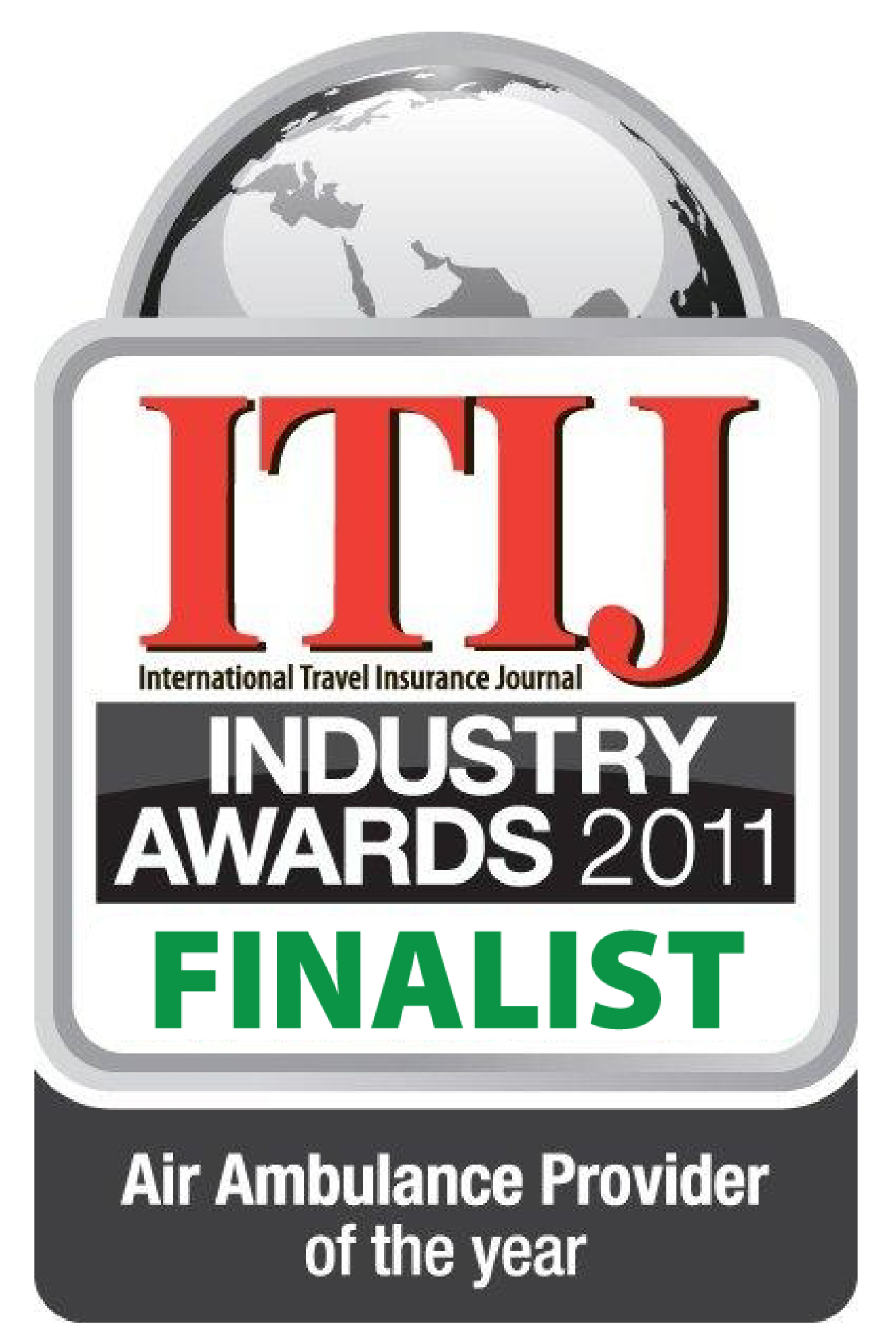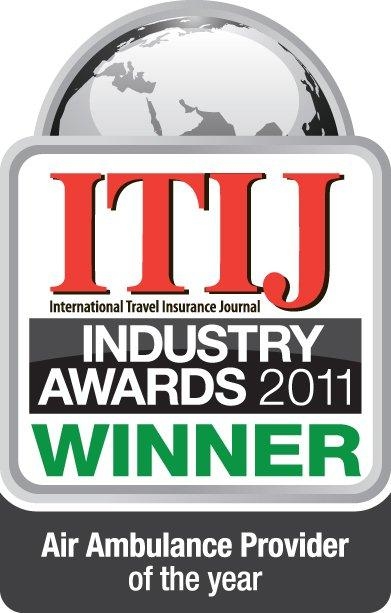Neonatal medical evacuation often presents the biggest medical challenges, particularly in aeromedical transport. To provide the absolute best service, specialist knowledge and equipment is required
The case
The medical facility in Kisula, Tanzania was not adequate to handle the 27-week-old patient, necessitating an urgent evacuation of the infant to a specialised facility. The infant weighed just one kilogramme but was born healthy.
At 27 weeks, the baby’s organs and senses were still relatively immature. Although the lungs were growing and getting stronger, the baby still required help to breath. The skin was delicate and sensitive to touch, and covered with fine hair. The baby was to be in the hospital’s newborn intensive care unit (NICU) for at least three months, which would help the baby’s lungs to mature enough to support the circulation of oxygen to the blood.
Medical evacuation needed
The infant had a low chance of survival in the hospital in Kisula, and needed immediate transfer to a more advanced health facility. Kisula is a small remote town in the Northwest of Tanzania, which lacks proper roads, health facilities and a reliable power supply. The patient was to be transferred to Dar-es-Salaam for treatment at a facility with a more advanced health infrastructure.
Due to the severity of the patient’s condition, the doctors recommended the patient be transferred via air ambulance. AMREF Flying Doctors was tasked to perform the medical evacuation.
Beating the odds
With our headquarters in Kenya, the team had to swiftly respond, with the mission of saving the baby’s life. Considering Kisula has unpaved remote airstrips, we planned to use our short-field PC-12 jet for the mission. Upon arrival in Kisula, the medical team proceeded to the attending facility for an assessment to confirm that the baby was stable and fit to fly.
Premature patients require intensive and continuous care, including close temperature control, cardiorespiratory and haemodynamic monitoring, and intervention where necessary. They are also extremely sensitive to environmental changes such as noise, air pressure, temperature and vibration. For this evacuation, it was recommended that a portable incubator be used. The portable incubator is designed in such a way that the patient can be transferred without being moved out of the incubator. The basic stabilisation of a neonate, which is a key part of the pre-hospital care comprising of managing and maintaining the airway, breathing and circulation, is all taken care of in our air ambulances.
The transfer of the baby from the hospital ambulance to the aircraft had to be done swiftly and with great care. The nurses had to manually pump the oxygen into the baby and ensure the baby was stable the entire time. AMREF Flying Doctors’ medical team then safely put the patient in the incubator before they loaded it on the aircraft. The mother was then given a comfortable resting area on the aircraft and the team was ready to fly.
The team at Kisula was delighted to see AMREF Flying Doctors take the child and fly them to the nearest hospital that had the required infrastructure, where the baby would be considered safe.
AMREF Flying Doctors provides expert neonatal air medical transport that goes above and beyond medical evacuation. Our medical staff have safely transported hundreds of premature infants to specialised facilities to and from various locations across the globe. Having performed numerous neonatal air medical flights, our medical staff are well-versed in neonatal air medical evacuations.













Leave A Comment